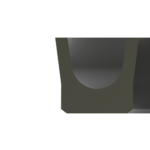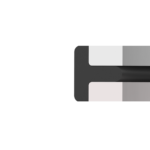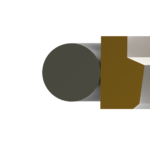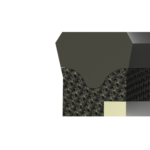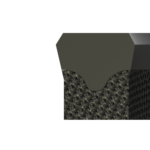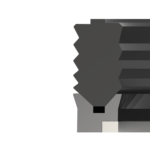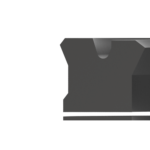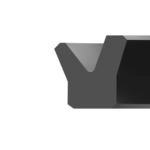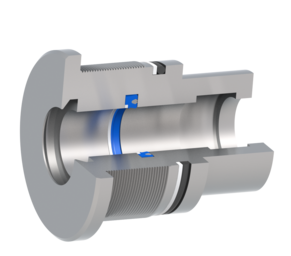 Rod Seals
Rod Seals
Rod or Gland seals prevent fluid leakage from the past the rod and into the atmosphere. Rod Seals are one of the most critical devices in a hydraulic system and are necessary to ensure pressure is maintained in hydraulic circuit, maximum force can be held on the rod and that fluid is not escaping the system.
In Heavy-Duty applications, a Rod Seal will be paired with a Buffer Seal. A buffer seal is housed in the gland, between the Rod Seal and the Piston and is used to prevent damage to the primary Rod Seal during instances of extreme pressure and pressure spikes. Xerkin’s seal with an integrated anti-extrusion ring is one of the best Buffer Seal solutions for cylinders operating in extreme environments.
Modern Rod Seals are designed with a Secondary sealing lip on the inner dimension in addition to the Primary sealing lip. The purpose of the secondary lip is to trap a small pool of hydraulic fluid between the Primary and Secondary lip to help reduce friction on the rob and lubricate the Wiper’s sealing lip on the extending stroke, thereby reducing wear on the seal. It also has the benefit of keeping the chromed rod lubricated and shielded from external contaminants which can cause corrosion when exposed to the atmosphere for extended periods of time. On the rod’s return stroke, the secondary sealing slip aids in lubricating the Rod Seals primary sealing lip which can often come in contact with an excessively wiped rod due to the effect of the wiper seal removing all rod contaminants and preventing the ingress of foreign media. Given the importance of the Rod Seal to the successful operation of the Hydraulic System, the correct Rod Seal must be selected for the required application and environment. Xerkin seals offers a wide selection of generic Polyurethane Rod seals such as the XRM and XRJ styles as well as light-duty Nitrile profiles such as the XRA and XRG style of seal. For Heavy-Duty applications, the Buffer Seal with an integrated anto-extrusion ring is ideal to protect the system from Shock pressure loads.
SOME OF THE ROD SEALS PROFILES ARE AS FOLLOWS
- XRL
- XRP
- XRN
- XRH
- XRQ
- XRR
- XRO
- XRK
- XRJ
- XRM
- XRF
- XRB
- XRI
- XRG
- XRC
- XRE
- XRD
- XRA

